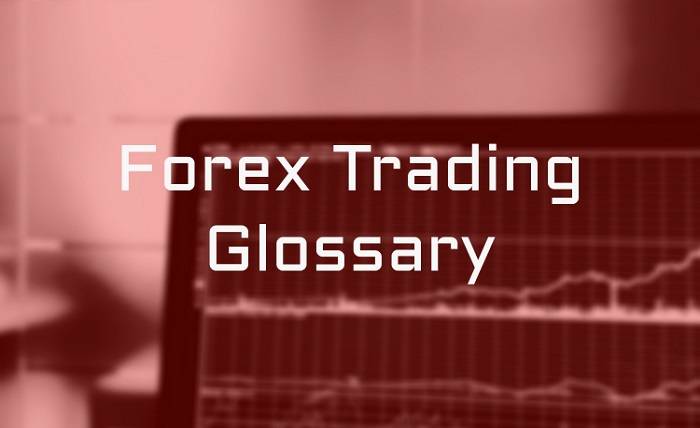Forex trading is the way to make money without having to buy and sell stocks or bonds. As the name suggests, it’s the trade of the currency or the “currency”, called the “dollar” by forex traders. A forex trader is a person who, in addition to trading currencies, also trades other products. For example, an ETF is an investment product that invests in the same stocks as a regular ETF (e.g., on a smaller scale). Let’s discover more forex glossary.
What is a Currency?
Currency is a currency’s legal tender or the money that a country uses for exchange, which is separate from its public currency. For example, the United States dollar is not a public currency, but rather one of many currencies that each country uses for exchange. The US dollar is the currency that is used in the United States, Canada, and most of Europe. It is accepted by the vast majority of banks and businesses in the United States.
Here are some examples of currencies:
- EURO (European Union) – Is a currency between twenty European countries. It is traded and used with the U.S. dollar as the official currency in the EU.
- Dollars (US Dollar) – Is a currency that has been a standard currency in the United States for many decades. It is currently the primary currency for international transactions in the world.
- Pounds (GBP) – Is the currency of the United Kingdom and of a number of other countries. It is currently the primary currency for international transactions in the United Kingdom.
What is a Currency Symbol?
A currency symbol refers to the symbol of a currency on a forex trading platform. For example, the symbol for the Japanese yen is ¥, while the symbol for the Euro is €. Forex traders use the currency symbol to describe the currency they are trading.
What are currency limits?
Currency limits are a limit on the number of different currencies or currencies per trading account. In general, traders are allowed to have a maximum of five currencies on their account. In addition, there are currency restrictions, which means that you are only allowed to trade currency listed in certain countries or on certain trading platforms.
What are trading ranges?
Trading ranges are the ranges in the forex market, or the bands of price variance a trader is able to trade in. Typically, a trader will work in a trading range between the price the trader wants to trade, and the price the trader expects to trade at.
What are the types of trading strategies?
The types of trading strategies are all about controlling the risk in your positions, and achieving your goal as efficiently as possible. One type of strategy is called a stop loss strategy. A stop loss is simply a limit order that is automatically executed if the price moves outside a trader’s stop limit. Another strategy is called a limit order. A limit order is also triggered by a price moving outside the trader’s stop limit. A limit order simply limits the trader to the number of units that he or she can buy or sell at that particular price.
What are indicators?
These are used by traders to measure the value of an asset, and to make trading decisions. An indicator tells you what type of future movement the asset will show, when the asset will show that movement, and how the price of the asset will move from the current price to the future movement.









